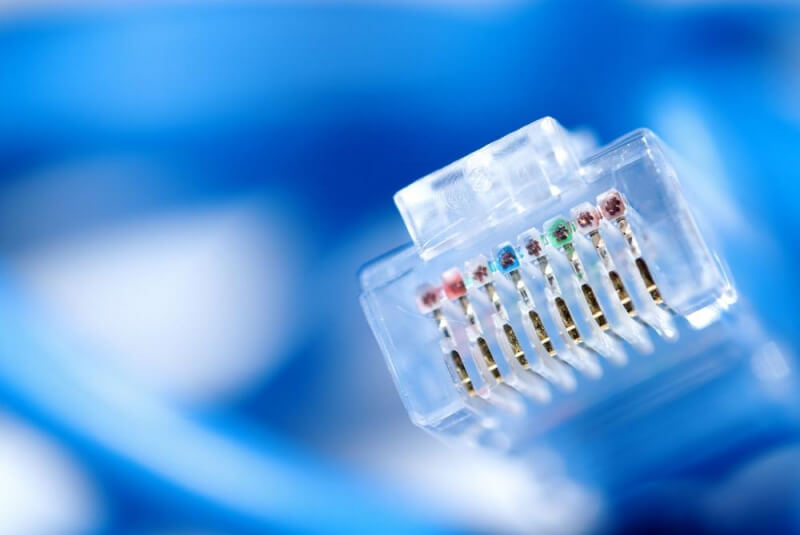A brief explanation why

The networking platform that ships with virtually every modern computer was born at Xerox PARC around 1973. Ethernet was a groundbreaking technology that revolutionized computer networking. Robert Metcalfe, along with his colleagues David Boggs, Chuck Thacker, and Butler Lampson, developed Ethernet as a means to enable computers to communicate over short distances within a building. The team was inspired by the ALOHAnet, a pioneering computer networking system developed at the University of Hawaii, which used radio waves to transmit data.
An early experimental version of Ethernet ran at 2.94 Mb/s and was outlined in a 1976 paper co-authored by Metcalfe titled "Ethernet: Distributed Packet Switching for Local Computer Networks." Metcalfe's vision extended beyond the initial development phase. He was instrumental in standardizing Ethernet, which was crucial for its widespread adoption. In 1979, Metcalfe convinced Xerox, Intel, and Digital Equipment Corporation to promote 10 Mb/s Ethernet through the "DIX" standard (named after the three companies – Digital, Intel, and Xerox) helping to establish Ethernet as a dominant networking technology.
Countless other networking-related advancements unfolded during the creation and improvement of Ethernet, including the PARC Universal Packet (PUP), an internetworking protocol suite that influenced the early work of TCP/IP and served as the cornerstone of Xerox's later XNS protocols. Moreover, PUP was a core component of PARC's prophetic "office of the future" concept (check out this early ad).
Early Ethernet used coaxial cables, but they were eventually ditched in favor of twisted pair and fiber optic cables. This significantly improved Ethernet's performance and reliability. Twisted pair cables, in particular, became the standard for Ethernet connections in local area networks (LANs) due to their cost-effectiveness and ease of installation.